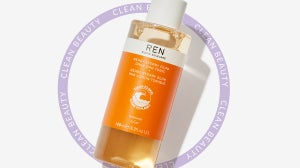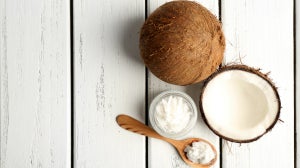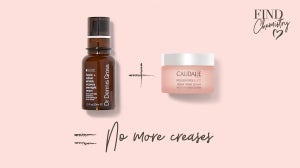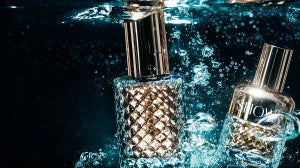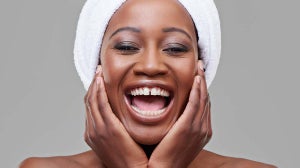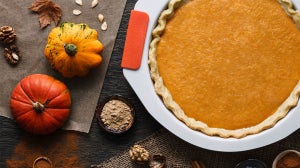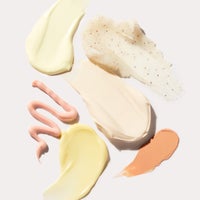
Are you a Sweaty Betty? You're not alone. It's estimated that around 2-3% of Americans suffer from excessive sweating under their arms (known as axillary hyperhidrosis) or of their palms/soles of the feet (palmoplanter hyperhidrosis).
These are not ideal situations at times of handshakes or intimacy.
Why do we sweat?
Sweat is made up of water, salt, and electrolytes. Now sweat does serve an important purpose, as it signals a healthy and normal bodily function. It's also the body's way of cooling down. If you don't sweat, say in the middle of a HIIT workout, then that's a sure sign of dehydration.
Sweating also cleans the skin, releasing toxins and bringing moisture back into the body.
Most sweat doesn't actually smell. Body odor is generated when sweat mixes with other bodily substances and bacteria on your skin, so be sure to scrub and wash regularly.
Things that make us sweat
The coffee bean
A total sweat trigger. Caffeine stimulates the central nervous system, thus activating sweat glands so the more coffee you drink the higher the chance you'll be sweatin'.
Spicy food
Put down the peppers. Capsaicin, very often found in spicy foods, is a chemical that sends signals to your brain, telling it your body is overheating. In turn, receptors in your body create a reflexive cooling response AKA sweat!
PMS
Totally unfair and unavoidable - estrogen levels are affected by our menstrual cycles and at that time of the month, these can drop so low that you may experience hot flashes. This can happen at any age, particularly those about to hit menopause.
Alcohol
Where possible, leave it to the Real Housewives and Jersey Shore kids. Alcoholic beverages expand the blood vessels in your skin, making you feel warmer and telling your body to bring on the sweating. Despite this warm sensation, alcohol doesn't actually raise your body temperature so don't drink in an effort to get warmer.
What to do about it
Your anti-antiperspirants and deodorants are everything. The difference? One prevents and one neutralizes odor, although sensitive skin types may wish to choose deodorants more often, such as Dr. Hauschka's Rose version, because they have moisturizing ingredients that counteracts the drying effect of antiperspirants.
Antiperspirant work by clogging, closing, or blocking pores in the armpits with powerful astringents so that they can't release sweat. Your deodorants work to stop BO by taking antiseptic action against bacteria.
We say apply your antiperspirant, such as DERMAdoctor's Total Nonscents antiperspirant before bed to ensure optimal penetration and longer-lasting results.
If you're worried about your hands or feet, apply antiperspirant and cover them with socks or gloves. The active ingredients need to travel deep into the pores and block the sweat glands when they're inactive.
Nothing to see here
Consider your armpit hair. Is shaving really the way to go? Bacteria may cling to stubble or ingrown hairs, and lead to that unpleasant odor we've been talking about, or sweat patches on your crisp white shirt.
Choose waxing instead. Enjoy finer, slower hair growth with the Bliss Poetic Waxing Kit, a smart Australian hair-removal system that uses a pre-waxing lotion to keep wax from sticking to the skin, and shrink wraps tough hair to pull it straight out from the root. It even grabs 1 mm short regrowth.
Still concerned about sweating? You can live chat with our dedicated customer service team 24/7 for more advice!


